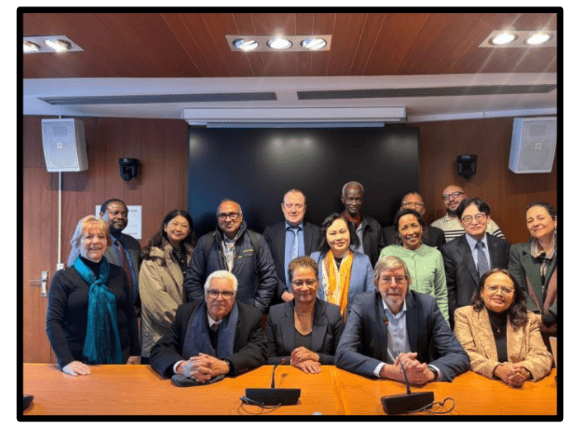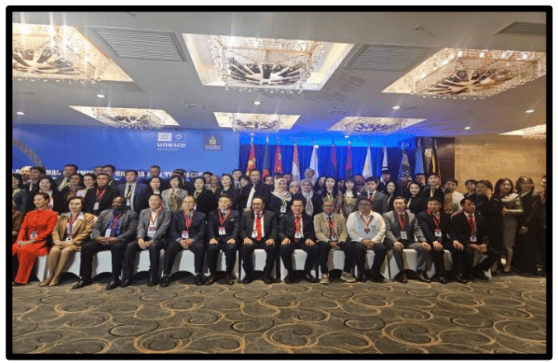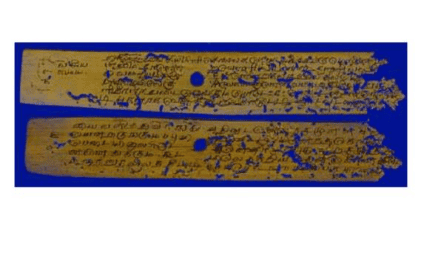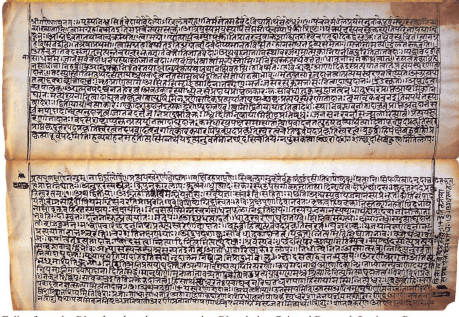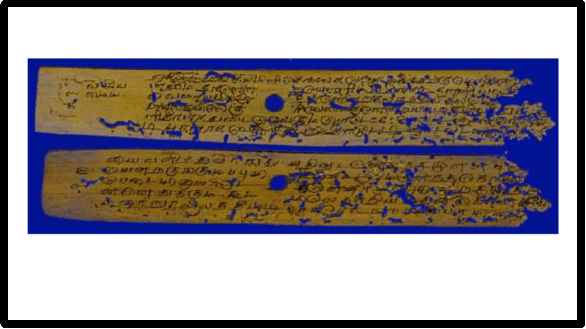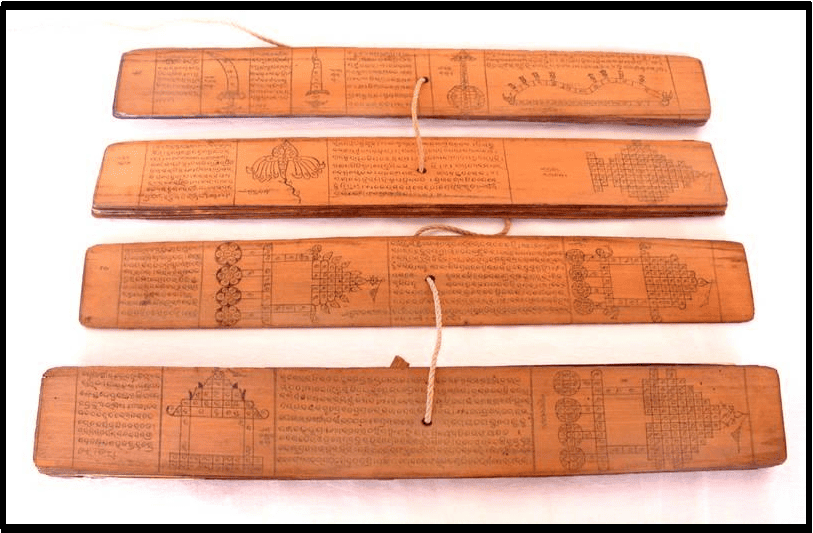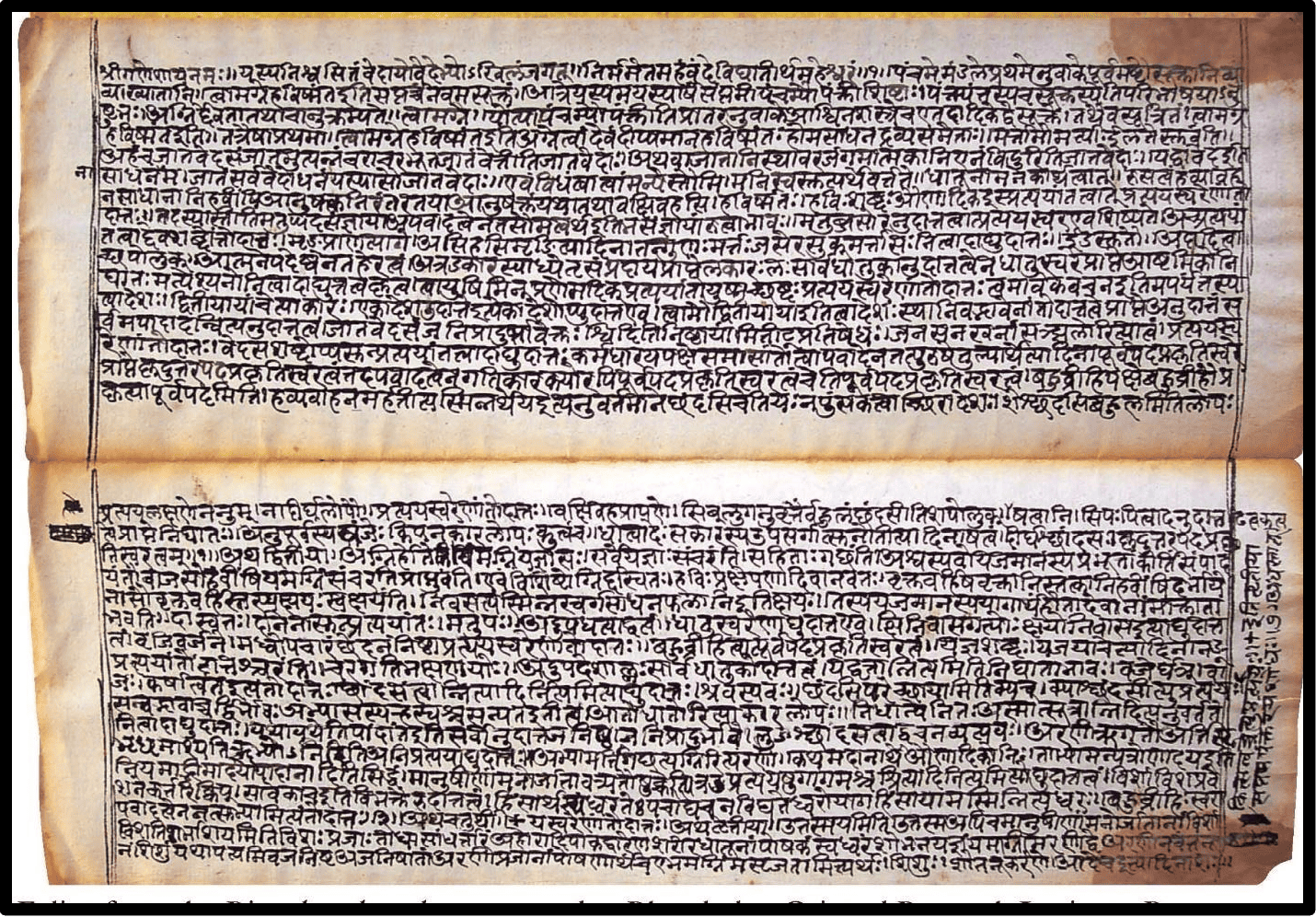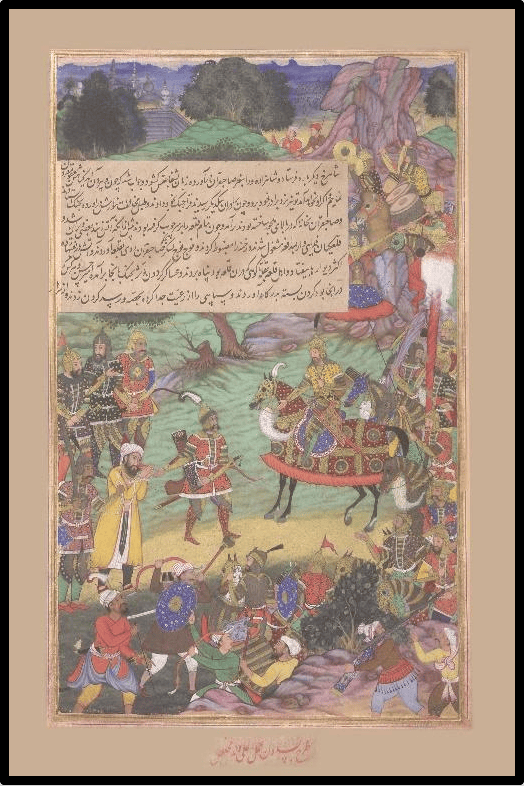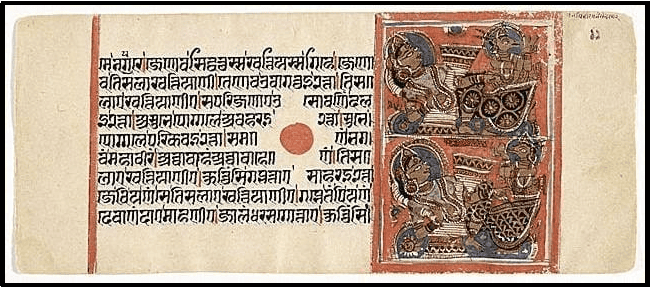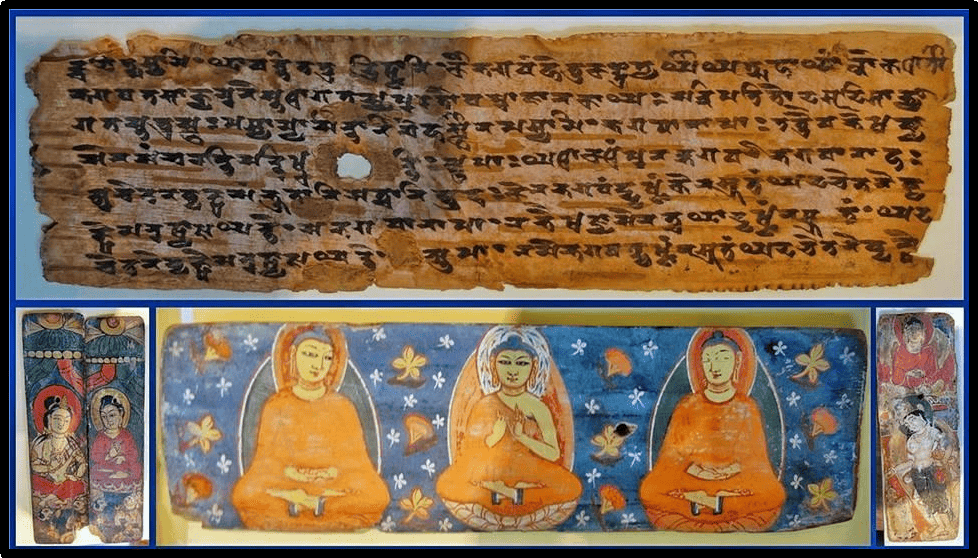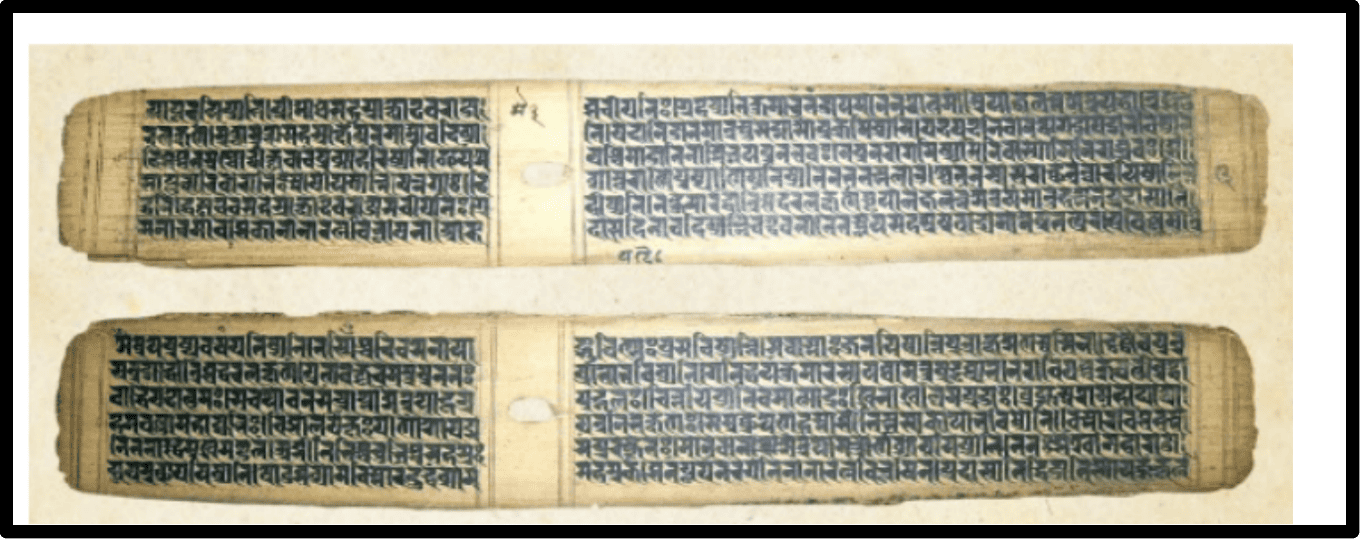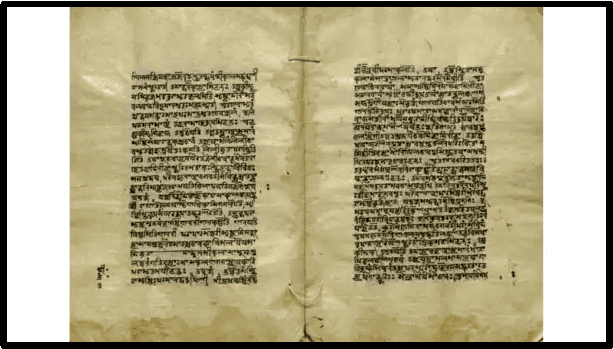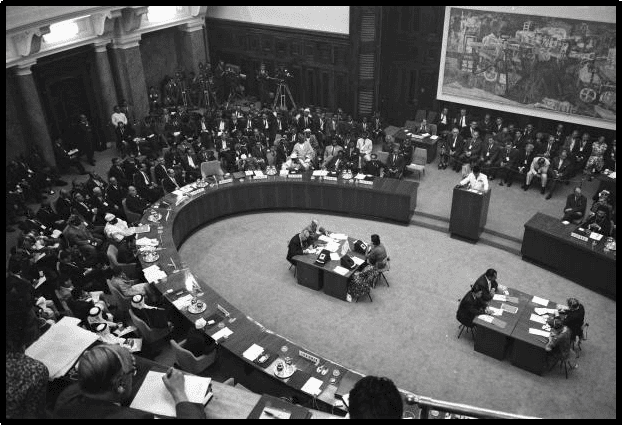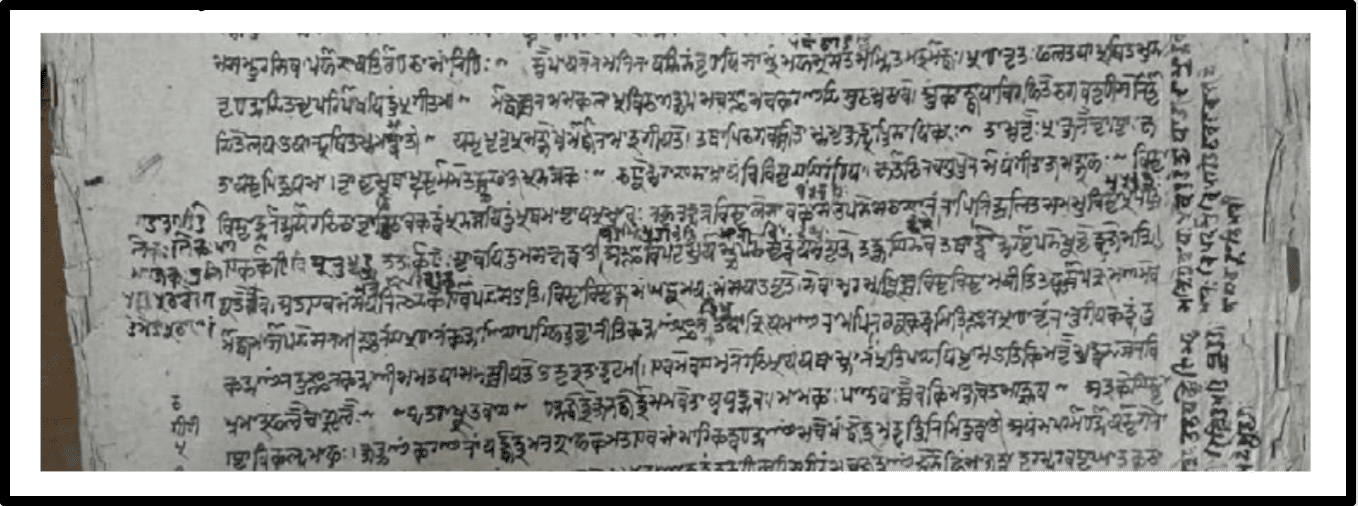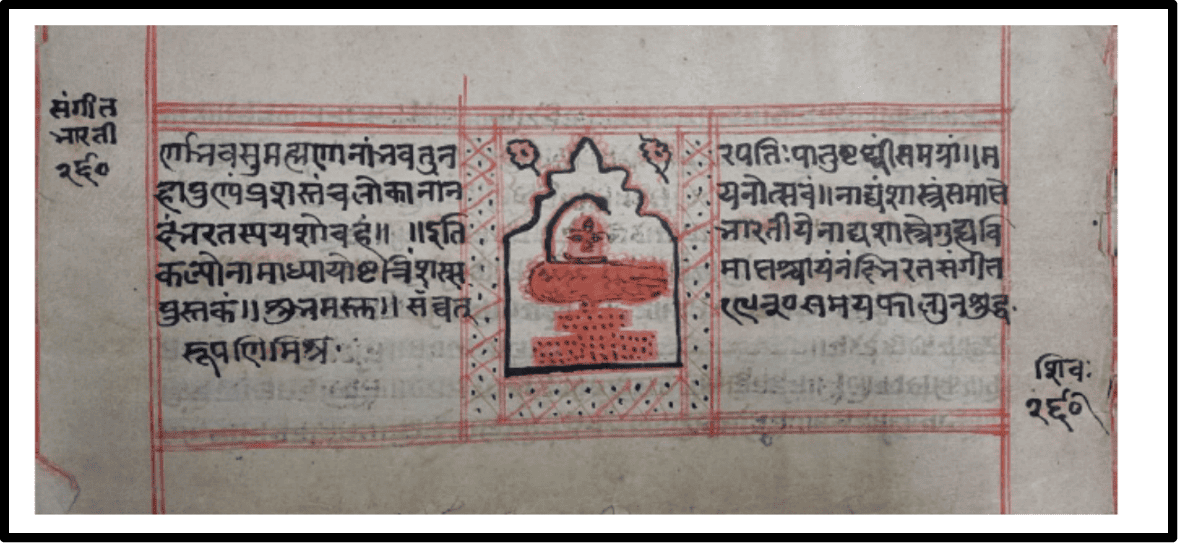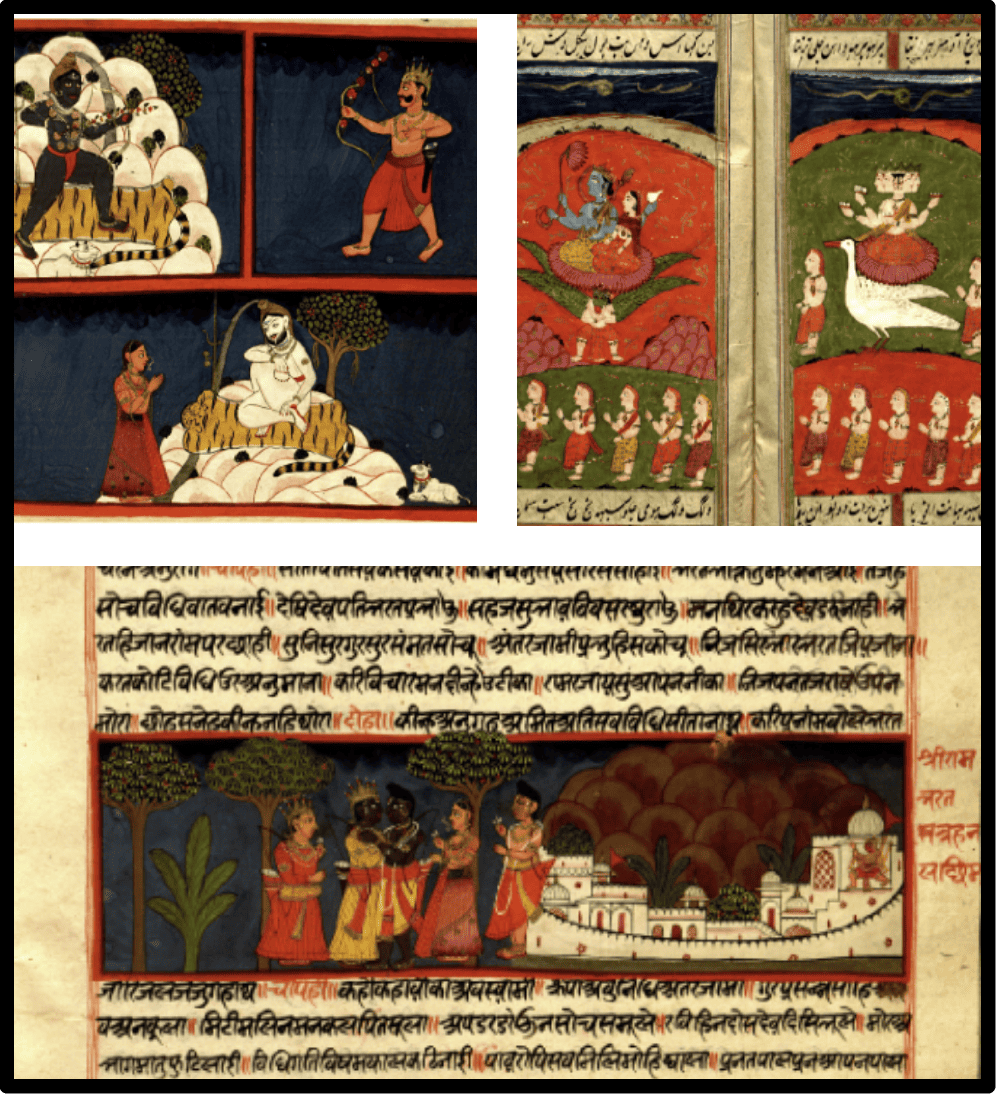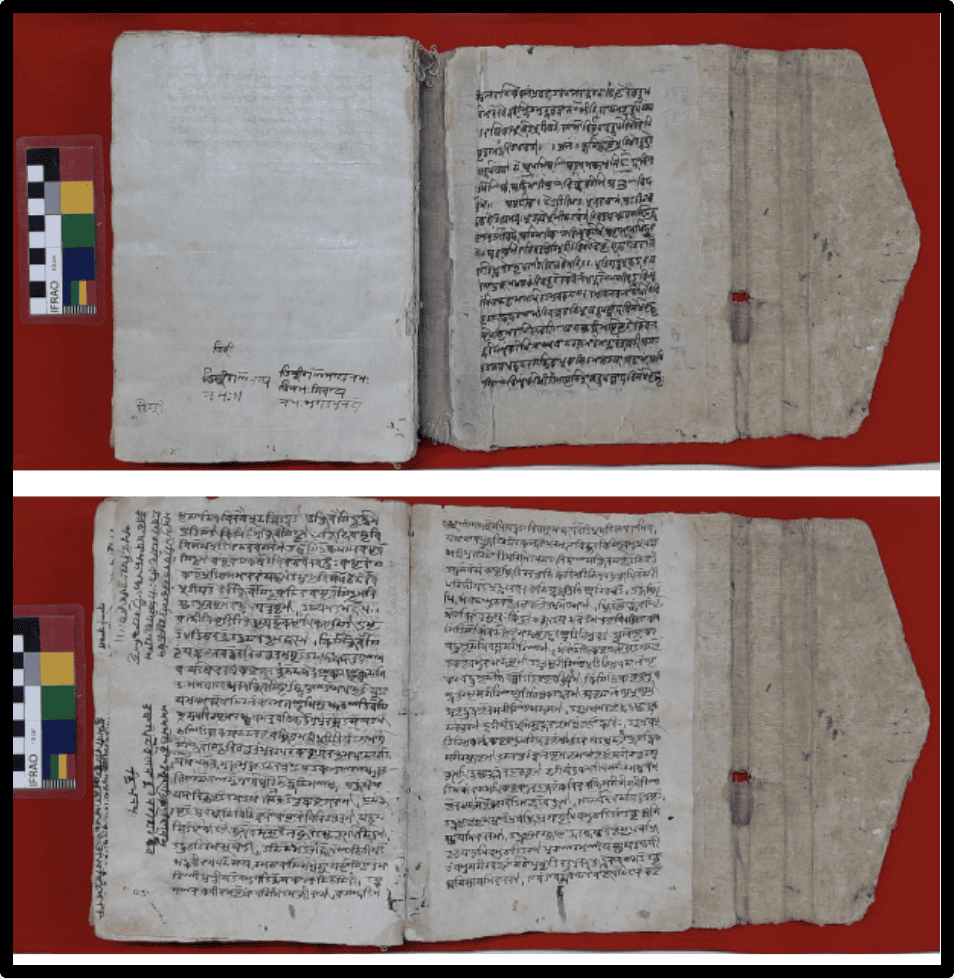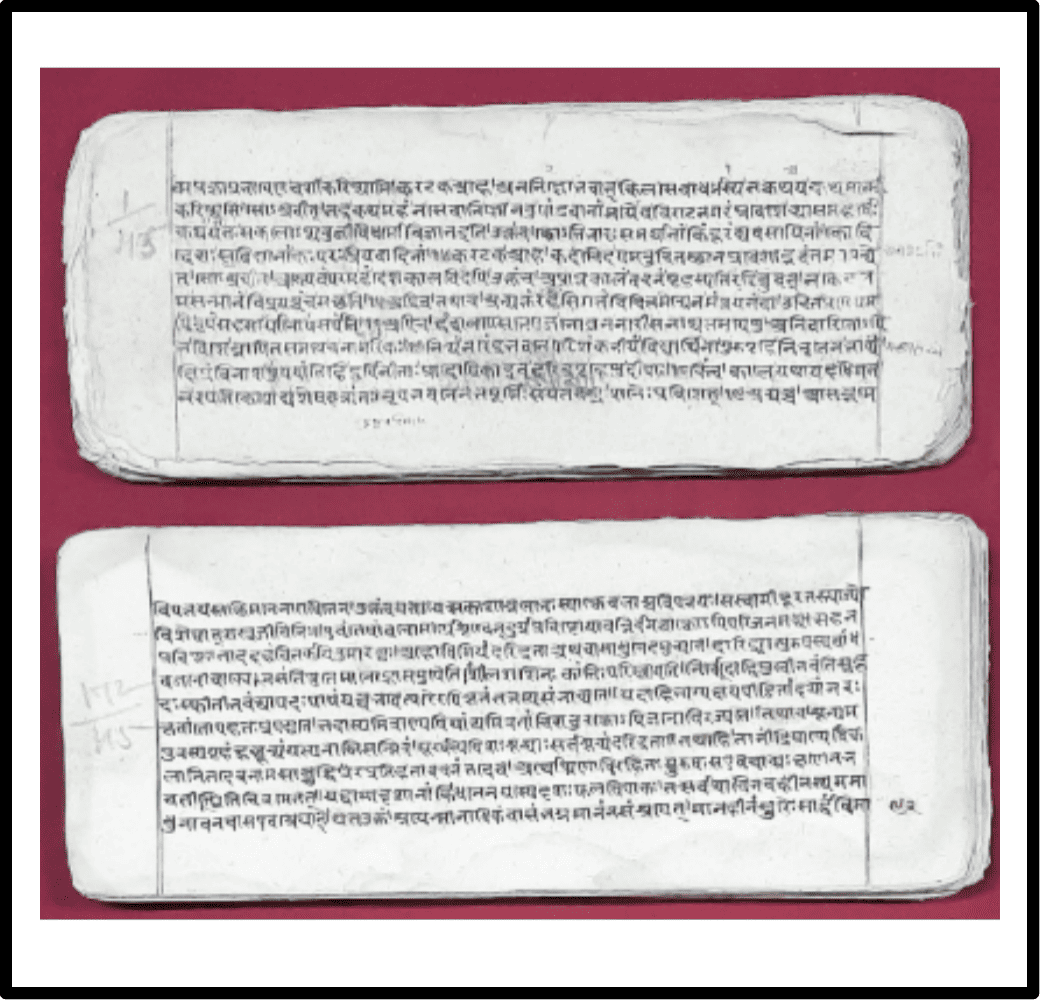UNESCO Memory of the World (MoW) Programme
UNESCO initiated the Memory of the World Programme in 1992 to preserve documentary heritage and safeguard against collective amnesia. By fostering global collaboration and best practices, the programme ensures that archive holdings and library collections, bearing our cultural, historical, and scientific memory, remain preserved and accessible for future generations. Its vision rests on three principles: universal belonging, complete protection, and permanent accessibility of documentary heritage.
Operating at international, regional, and national levels, the programme recognizes globally significant documents through the International Register, which includes 570 entries from 193 countries. The International Advisory Committee (IAC) and Register Subcommittee (RSC) evaluate nominations, ensuring impartiality and global standards. Regional registers, like MOWCAP (Asia-Pacific), identify documents with regional cultural relevance, and national registers empower countries to preserve their local heritage through dedicated committees and grassroots participation.
India’s engagement is led by the Indira Gandhi National Centre for the Arts (IGNCA), designated the Nodal Centre since 2014. IGNCA facilitates nominations, organizes awareness campaigns, conserves rare manuscripts, and conducts workshops on archival management. India’s documentary treasures successfully inscribed in the International Register include the Rigveda, Śaiva manuscripts, Tamil Medical texts, Kalachakra Tantra commentaries, and Abhinavagupta’s works—each underscoring the richness of India’s civilizational legacy.
India has also made significant contributions to the Asia-Pacific Regional Register. These include the illustrated Rāmacaritamānasa, the Sahṛdayāloka-Locana (a Sanskrit poetics text), and a rare 15th-century Pañcatantra manuscript. These inscriptions, first made in 2023, mark India’s growing regional participation and dedication to preserving storytelling, literary, and aesthetic traditions.
In 2025, IGNCA hosted a major international symposium and workshop on “UNESCO Memory of the World in South Asia,” addressing the region’s underrepresentation. The event fostered expert dialogue, regional cooperation, and capacity-building to strengthen South Asia’s presence in global heritage registers. IGNCA continues to lead India’s efforts in safeguarding and promoting access to documentary heritage of lasting value.
Contact for MoW India
Prof. (Dr.) Ramesh C. Gaur
In-Charge, UNESCO MoW Nodal Centre, IGNCA
Phone: +91-11-23446557 | Mobile: +91-9810066244
Email: gaur[at]ignca[dot]nic[dot]in | rcgaur66[at]gmail[dot]com
INDIA’S SUBMISSIONS TO MEMORY OF THE WORLD REGISTERS
Submissions made from 1996 to 2014
1.IAS Tamil Medical Manuscript Collection (Successfully inscribed in 1997):
Submitted by Institute of Asian Studies, Chennai A collection of 564 palm-leaf manuscripts, mostly from the 19th century, documenting Siddha and Ayurveda medical traditions. The texts include herbal remedies, disease treatments, and ritual chants, housed in Chennai, India.
Folio from the IAS Tamil Medical Manuscript, preserved at Institute of Asian Studies, Chennai
For more information, visit
2.Śaiva Manuscripts of Pondicherry (Successfully inscribed in 2005):
Submitted by French Institute of Pondicherry
The largest collection of Śaiva Siddhanta texts, consisting of 11,000 manuscripts on Shaivism, Vishnu worship, astrology, medicine, and literature. Collected between 1956 and 1990, it is housed at the École Française d’Extrême-Orient, Puducherry.
Figure : Folio from the Śaiva Manuscripts of Pondicherry, preserved at French Institute of Pondicherry
For more information, visit
3.The Rigveda (Successfully inscribed in 2007):
Submitted by National Mission for Manuscripts, New Delhi and Bhandarkar Oriental Research Institute, Pune
One of the oldest literary texts, the Rigveda is preserved on birch bark and paper in New Delhi and Pune. It contains hymns, myths, and rituals, forming the foundation of Vedic science, yoga, Ayurveda, and Sanskrit traditions.
Figure: Folio from the The Rigvedapadapatha, preserved at Bhandarkar Oriental Research Institute, Pune
For more information, visit
4.The Tarikh-e-Khandan-e-Timuriyah (Successfully inscribed in 2011):
Submitted by Khuda Bakhsh Oriental Public Library, Patna and Ministry of Culture, New Delhi
A 16th-century illustrated manuscript, commissioned by Emperor Akbar, documenting the history of Timur and his Mughal descendants. It features 133 exquisite Mughal miniature paintings by court artists like Daswant, Basawan, and Manohar.
Figure : Folio from the The Tarikh-e-Khandan-e-Timuriyah, preserved at Khuda Bakhsh Oriental Public Library, Patna
For more information, visit
5. The Vimalaprabhā Laghukālacakratantrarājatīkā (Successfully inscribed in 2011)
Submitted by Asiatic Society, Kolkata
A palm-leaf manuscript, serving as the primary commentary on the Kalachakra Tantra, a key text in Vajrayana Buddhism. It was brought to India in 967 CE and Tibet in 1027 CE, linking Buddhist and Hindu traditions.
Figure: Folio from The Vimalaprabhā Laghukālacakratantrarājatīkā, preserved at Asiatic Society, Kolkata
For more information, visit
6. The Shantinatha Charitra (Successfully inscribed in 2013):
Submitted by L. D. Institute of Indology, Ahmedabad, National Mission for Manuscripts and Ministry of Culture
A 14th-century Jain manuscript, written in Devanagari script, depicting the life of Shantinatha, the 16th Jain Tirthankara. It includes 10 Jain miniature paintings, among the oldest known specimens.
Figure : Folio from The Shantinatha Charitra, preserved at L. D. Institute of Indology, Ahmedabad
For more information, visit
7.The Archives of the Dutch East India Company (Successfully inscribed in 2013) (Joint Nomination):
Submitted by National Archives of India, New Delhi and Netherlands, Indonesia, South Africa, and Sri Lanka.
Jointly nominated by Netherlands, India, Indonesia, South Africa, and Sri Lanka, this collection documents trade, treaties, and governance from 1602-1795 CE. India’s segment, located in Tamil Nadu, provides insights into colonial commerce and politics.
Figure: Folio from The Vimalaprabhā Laghukālacakratantrarājatīkā, preserved at Asiatic Society, Kolkata
For more information, visit
Submissions made from 2014 - 2019
1.The Gilgit Manuscripts (Successfully inscribed in 2017):
Submitted by National Archives of India, New Delhi
The oldest surviving Buddhist texts, discovered in 1931 in Gilgit (Silk Route). Written on birch bark in Gupta and post-Gupta Brahmi scripts (5th-6th centuries CE), they cover Mahayana Buddhism, medicine, and folklore.
Figure: Folios from The Gilgit Manuscripts, preserved at National Archives of India.
For more information, visit
2.The Maitreyavyakarana (Successfully inscribed in 2017):
Submitted by Asiatic Society Kolkata
A 10th-century Buddhist manuscript, housed at the Asiatic Society, Kolkata. It prophesies the future arrival of Maitreya Buddha, marking the transition from Sthaviravada to Mahayana Buddhism.
Figure : Folios from The Maitreyavyakarana, preserved at Asiatic Society Kolkata
For more information, visit
Submissions made from 2021 to 2023
1.The Abhinavagupta Manuscripts Collection (Successfully inscribed in 2023):
Submitted by IGNCA
A collection of 248 manuscripts, written on palm leaf, birch, and paper, covering philosophy, tantra, Kashmir Shaivism, and aesthetics. It preserves the intellectual legacy of Abhinavagupta (10th-century Kashmiri polymath).
Figure: Folios from The Abhinavagupta Manuscripts Collection.
For more information, visit
2.The First Summit Meeting of the Non-Aligned Movement (NAM) (Successfully inscribed in 2023) (Joint Nomination):
Submitted by IGNCA, India, Algeria, Egypt, Indonesia and Serbia
A joint nomination by Algeria, Egypt, India, Indonesia, and Serbia, this archive contains textual files, photographs, and films documenting the 1961 Belgrade Summit, which marked the founding of the Non-Aligned Movement (NAM).
Figure : Photos of the delegations and participants of the First Conference of Heads of State or Government of Non-Aligned Countries Director General of The Archive of Yugoslavia
For more information, visit
3.Manuscript Collection of Bhagavadgītā (Successfully inscribed in 2025):
Submitted by IGNCA
The Bhagavadgītā, containing 700 verses in 18 chapters, is embedded within the Bhīṣmaparva (adhyāya 23-40) of the epic Mahābhārata. It takes the form of a dialogue between Kṛṣṇa and Arjuna with armies lined up for the great war intended to free Arjuna of dejection (viṣāda). Bhagavadgītā is a central text in the continuous, cumulative ancient intellectual Indian tradition, synthesizing various thought movements such as, Vedic, Buddhist, Jain and Cārvāka. Due to its philosophical breadth and depth, the Bhagavadgītā has been read for centuries across the globe and translated into many languages.
Figure: Folios from Manuscript Collection of Bhagavadgītā, preserved at Bhandarkar Oriental Research Institute, Pune
For more information, visit
4.Manuscript of the Nāṭyaśāstra of Bharatamuni Successfully inscribed in 2025:
Submitted by IGNCA
Preserved at the Bhandarkar Oriental Research Institute and codified around the 2nd century B.C., the Nāṭyaśāstra of Bharatamuni is an epitome of the Nāṭyaveda, an oral body of knowledge of performing art containing 36,000 verses known as the Gāndharvaveda. The Nāṭyaśāstra embodies a comprehensive set of rules that define nāṭya (drama), abhinaya (performance), rasa (aesthetic experience), bhāva (emotion), saṅgīta (music), among others, thus articulating the character of Indian theatre, poetics, aesthetics, dance and music.
Figure : Folios from Manuscript of the Nāṭyaśāstra of Bharatamuni, preserved at Bhandarkar Oriental Research Institute, Pune
For more information, visit
Indias Documentary Heritage in the MoWCAP Regional Register (2024)
India has successfully inscribed 3 significant manuscripts in the Memory of the World Committee for Asia and the Pacific (MoWCAP) Regional Register in 2024. These inscriptions represent Indian literary, poetic, and storytelling traditions. The nominations opened for the MOWCAP Regional Register in 2007. However, until 2023, India did not submit any documentary heritage for MoW Regional Register. The first documentary heritage was successfully inscribed in the year 2023
Submissions made in 2023 for the first time by India in the Regional Register
1.The Illustrated Manuscripts of Rāmacaritamānasa by Tulasīdāsa (Successfully inscribed in 2024)
Submitted by IGNCA and National Museum
A beautifully illustrated manuscript of the Ramcharitamanas, featuring intricate miniature paintings, preserving the literary and devotional essence of Tulasīdās’s work.
Figure: Folios from The Illustrated Manuscripts of Rāmacaritamānasa by Tulasīdāsa, preserved at the National Museum.
For more information, visit
2.The Manuscript of the Sahṛdayāloka-Locana, a Text of Indian Poetics (Successfully inscribed in 2024):
Submitted by IGNCA and at Bhandarkar Oriental Research Institute, Pune
A significant Indian poetics text, analyzing aesthetics, literary theory, and rasa (emotional expressions) in classical Sanskrit literature.
Figure : Folios from The Manuscript of the Sahṛdayāloka-Locana, a Text of Indian Poetics, preserved at Bhandarkar Oriental Research Institute, Pune
For more information, visit
3.The 15th Century Manuscript of the Pañcatantra Fables (Successfully inscribed in 2024):
Submitted by IGNCA and at Bhandarkar Oriental Research Institute, Pune
A rare 15th-century manuscript containing animal fables and moral stories from the Pañcatantra, showcasing Indias early storytelling traditions.
Figure: Folios from The 15th Century Manuscript of the Pañcatantra Fables, preserved at Bhandarkar Oriental Research Institute, Pune
For more information, visit



